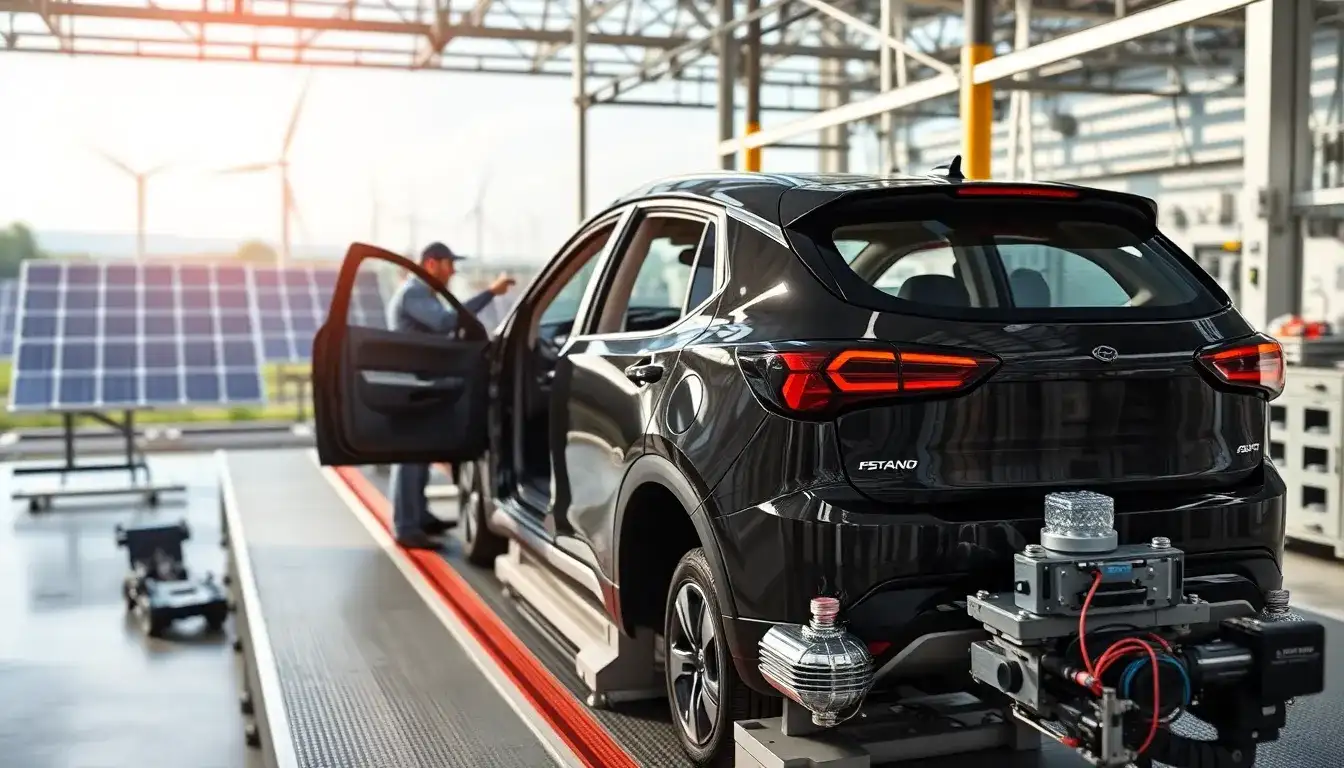
Opportunity Exploration: Continued Optimism for Quality Companies in the New Energy Vehicle Supply Chain
On March 28, 2025, the China Electric Vehicle Hundred People Forum will take place in Beijing. This event, which lasts for three days, serves as a third-party think tank in the new energy vehicle sector. The theme of this year’s forum is “Strengthening Electrification, Advancing Intelligent Technology, and Achieving High-Quality Development,” and it will feature 12 themed conferences. The forum organizers noted that the pace of innovation in new technologies and trends for intelligent connected new energy vehicles is rapid. Key discussion points will include new materials for automotive batteries, innovative charging models for electric vehicles, and the new ecosystems emerging from the high-quality development of new energy vehicles.
According to Guotai Junan, global sales of new energy vehicles are expected to exceed 20 million units by 2025. Domestically, the continuation of vehicle trade-in and replacement policies will create resilience for sales growth in new energy vehicles, with new models targeting larger market shares and lower price segments. Internationally, while the U.S. market faces slower growth due to policy pullbacks and insufficient supply of new models, there remains significant potential for penetration. In Europe, demand is anticipated to rise as carbon emission standards are further enforced.
Huaxin Securities reported that, based on data from the China Automobile Association, in February 2025, production and sales of new energy vehicles reached 888,000 and 892,000 units, respectively, marking year-on-year increases of 91.5% and 87.1%. From January to February, production and sales totaled 1.903 million and 1.835 million units, both demonstrating a year-on-year growth of 52%. On the supply side, battery and main engine manufacturers are continuously launching new products, with positive feedback from the demand side and ongoing policy support.
In terms of pricing, the industry has experienced significant price declines, and capital expenditures are being continuously reduced. The supply-demand dynamics are improving, with industry associations and supply chain companies actively optimizing capacity and supply to ensure price stability and protect corporate profitability. Overall, prices within the supply chain are currently at a low point, with a tendency to rise rather than fall, and robust demand continues to support optimism for quality companies in the sector.







